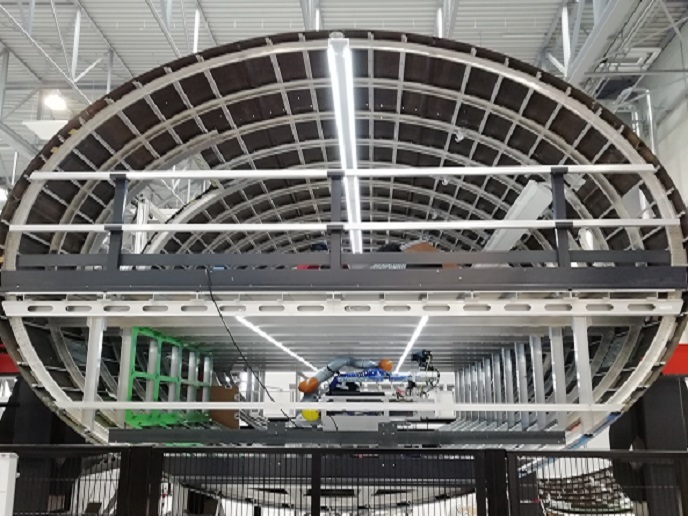A look at how children learn could help advance robotics
Bridging the gap between robotics and language has come a long way in recent years. The robotics-language field, however, can benefit from studying different aspects of the relationship between language and children. The EU-funded ORATOR (Integrating object recognition and action for action sentence production and comprehension in a developmental humanoid robot) project researched how language processes interact with motor control in children. Specifically, the project team looked at scale errors that children make when they attempt to perform impossible actions on miniature objects. In one of two studies, the team examined whether children’s attempts to perform impossible actions match their perception of possible and impossible actions. It found that children who didn’t commit any scale errors could easily distinguish possible actions from impossible ones and vice versa. In the second study, the team investigated the nature of scale errors and their relation to language development. It looked at whether children with a larger vocabulary commit more scale errors than those with a limited one. Interestingly, it found among other results that early talkers are more likely than late talkers to make scale errors. Both studies shed important insight on the relationship between language skills and scale errors. They reveal how perception, action and language develop in parallel and impact one another. This has helped researchers understand the cross-talk between language and motor structures, inferring a possible developmental component that could improve how robots understand language. The knowledge gathered from this project could also help robots understand object names, recalling perceptual features and possible interactions associated with the object. It will also help in developing robots that can name an object based on the perceptual features or on interactions with that object. Ultimately, these advances could lead to a robotic system that understands and produces object names. Such robots could be able to produce an action associated with an object when presented with the visual input or auditory input, as well as to find the appropriate object for the selected action. This research is bound to help advance the development of humanoid robots which in turn is destined to help support a variety of sectors, ranging from industry and business through to medicine and safety.
Keywords
Language, robotics, ORATOR, scale errors, motor control, humanoid robot







